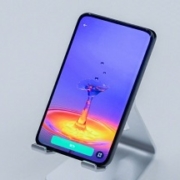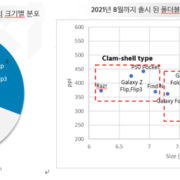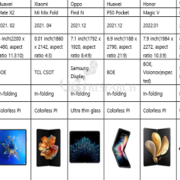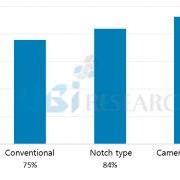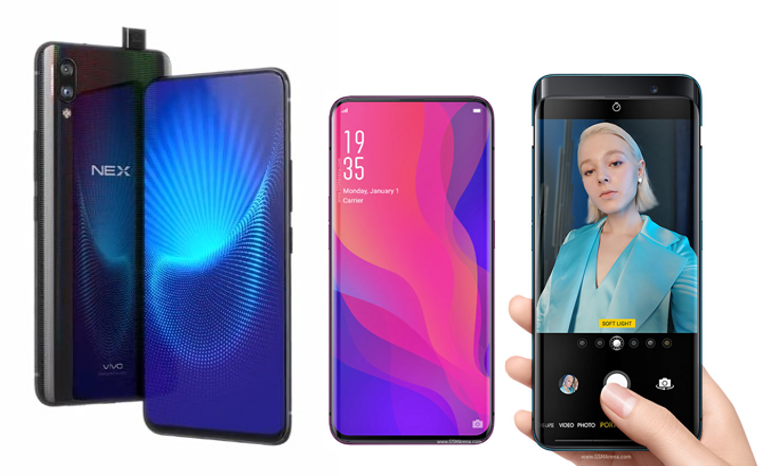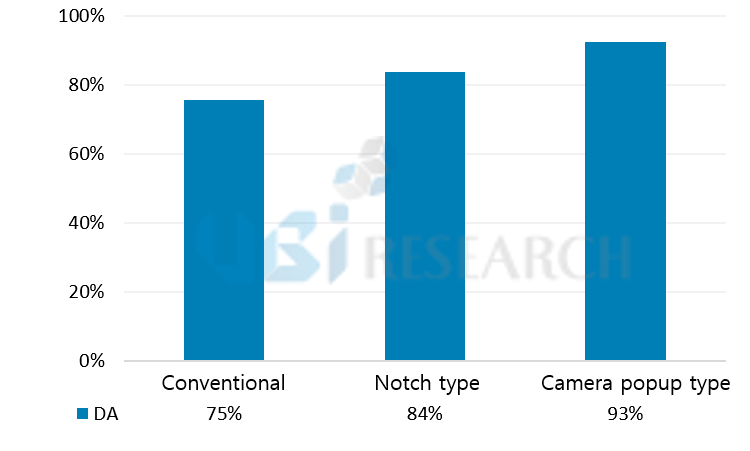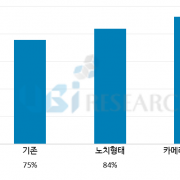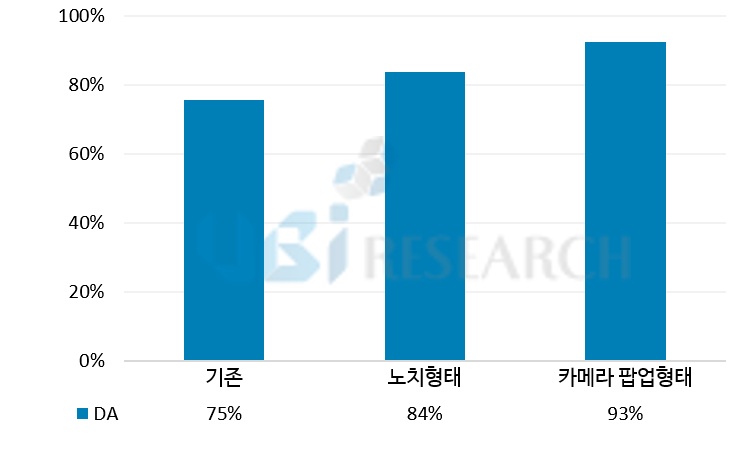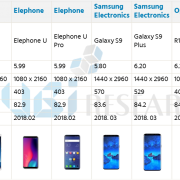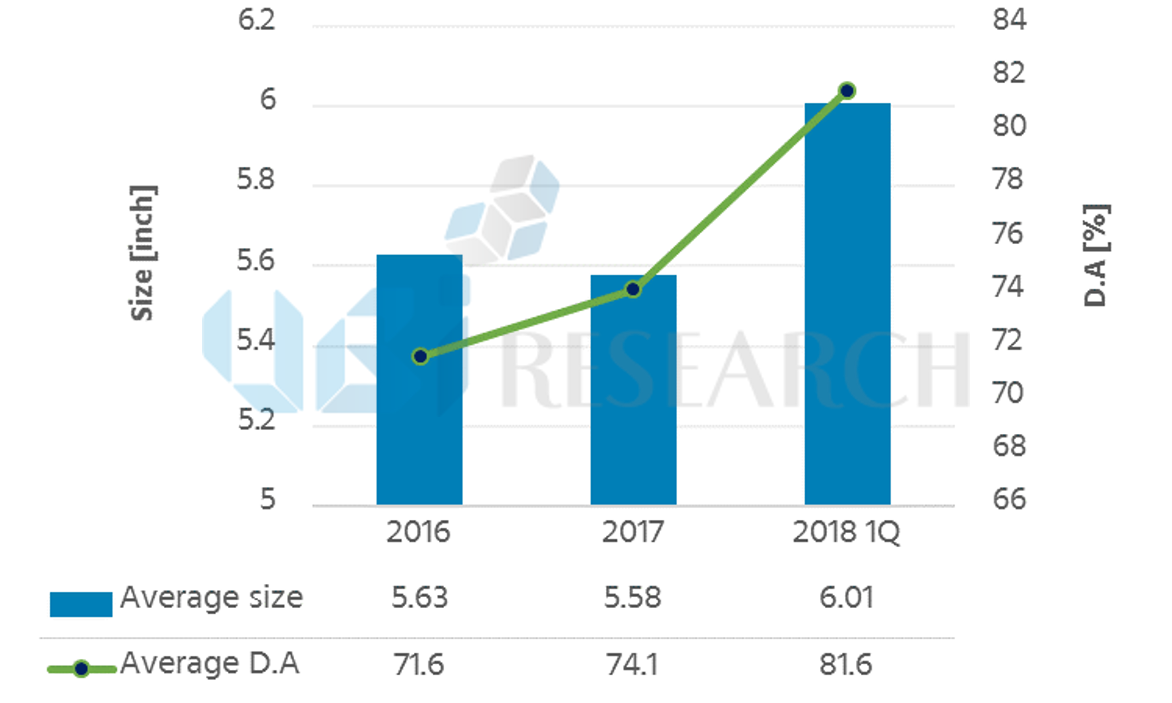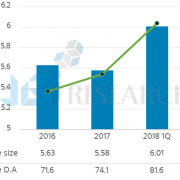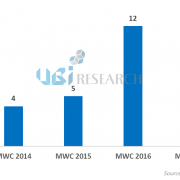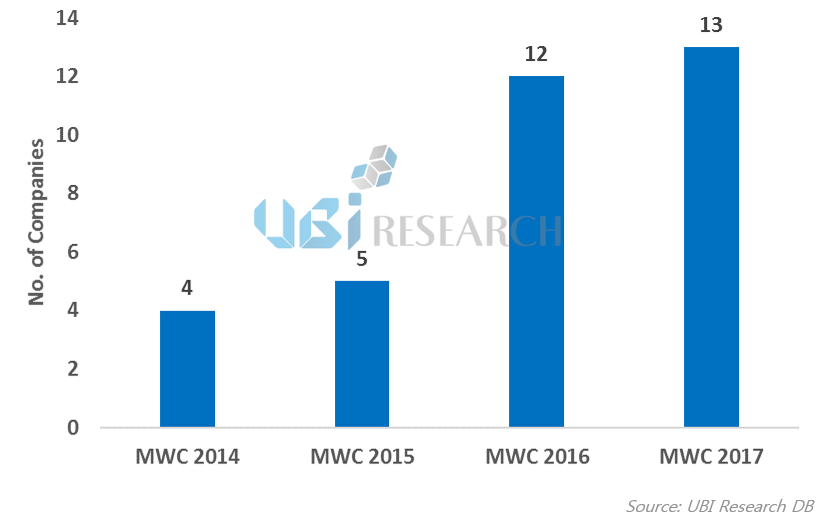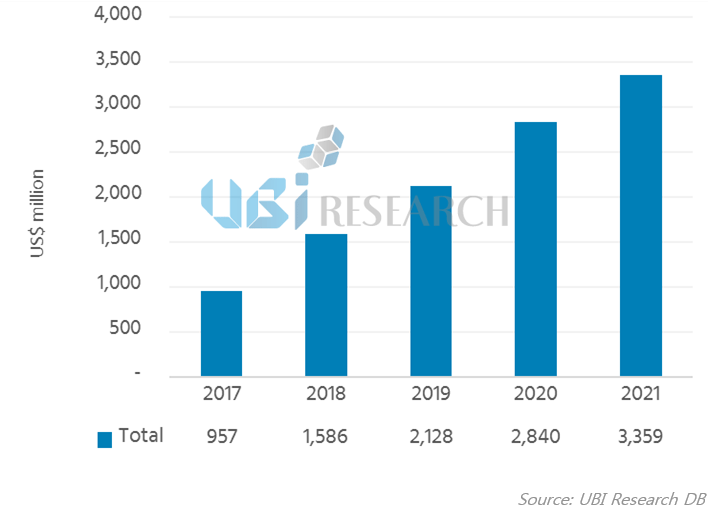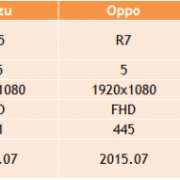작년 삼성전자가 출시한 폴더블폰 갤럭시Z 폴드3, 플립3가 흥행에 성공하면서 폴더블폰 대중화에 대한 기대감이 높아지고 있다. 중국 업체 Huawei, Xiaomi, Oppo등도 잇달아 폴더블폰을 출시 하고있다.
Huawei에서는 중국 최초 폴더블 폰으로 2019년 ‘Mate X’ 출시를 시작으로 매년 ‘Mate X’ 시리즈를 출시 하고있다. ‘Mate X’와 2020년에 출시 된 ‘Mate Xs’는 8인치 크기에 아웃 폴딩 방식이 적용되었으며, 외부 디스플레이는 6.6 인치 크기로 해상도1148 x 2480, 화면비는 19.5:9이다.
2021년 2월에 출시된 ‘Mate X2’는 내부 디스플레이는 동일한 8인치 크기, 외부 디스플레이는 6.45인치 크기의 OLED가 사용되었고, 외부 디스플레이의 해상도는 1160 x 2700이며, 화면비는 21:9이다. 커버 윈도우 소재로 colorless PI가 사용되었다. 차이점은 아웃 폴딩 방식에서 인폴딩 방식으로 바뀌었다는 것이다.
또한 2021년 12월 삼성 플립3와 유사한 클램셀 형식의 ‘P50 Pocket’을 출시했다. 6.9인치 내부 디스플레이에, 120Hz 고주사율, 21:9 화면비율로 커버 디스플레이는 1.1인치로 원형으로 되어있다.
올 초 2022년 1월 10일에는 Honor가 새로운 폴더블폰 Magic V를 발표하였다.
Magic V는 8인치, 90Hz의 내부 패널과 6.5인치, 120Hz 외부 패널이 적용되었으며, 커버 윈도우는 colorless PI이며, BOE B11(Mianyang) 라인에서 내부/외부 패널 모두 제작되고 있다. 초기물량은 5만대 정도로 예상되며, 총 물량은 10~20만대로 추정된다.
향후 판매 상황에 따라서 Visionox 패널 사용 여부가 결정될 것으로 전망된다.
Vivo에서도 새로운 폴더블 ‘NEX fold‘폰을 출시 예정이다. Vivo는 넥스 폴드(NEX FOLD), 넥스 롤(NEX ROLL), 넥스 슬라이드(NEX SLIDE) 등 3종 상표를 출원했다.
NEX fold 폰의 내부 패널은 8.03인치 QHD 120Hz, 외부 패널은 6.53인치, FHD 120Hz로 내부, 외부 주사율이 120Hz로 동일 하며, 패널 공급사는 삼성디스플레이로 LTPO 기판이 적용되며, 커버 윈도우는 30 um 두께의 UTG가 적용될 계획이다.
2022년 3월에 출시할 예정이라고는 하지만 아직 정식으로 발표되지는 않았다.

Source: GSMArena.com, LETSGODISITAL, UBI Research DB
삼성디스플레이는 커버 윈도우를 UTG(Ultra thin glass)를 적용하고 있고, 중국 패널 업체는 대부분Colorless PI를 사용하고 있다. 중국의 세트 업체들이 앞서 폴더블 출시를 앞다투어 발표하고 있지만, SNS에서는 접히는 부분이 유지되지 못하는 내구성 문제점이 제기되고 있다. 중국 패널 업체들은 아직 기술 및 원가 경쟁력 측면에서 삼성디스플레이와의 격차가 크다는 것을 알 수 있다.


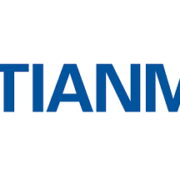
 중국 동향 보고서 문의하기
중국 동향 보고서 문의하기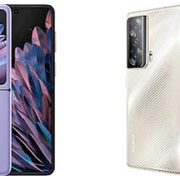
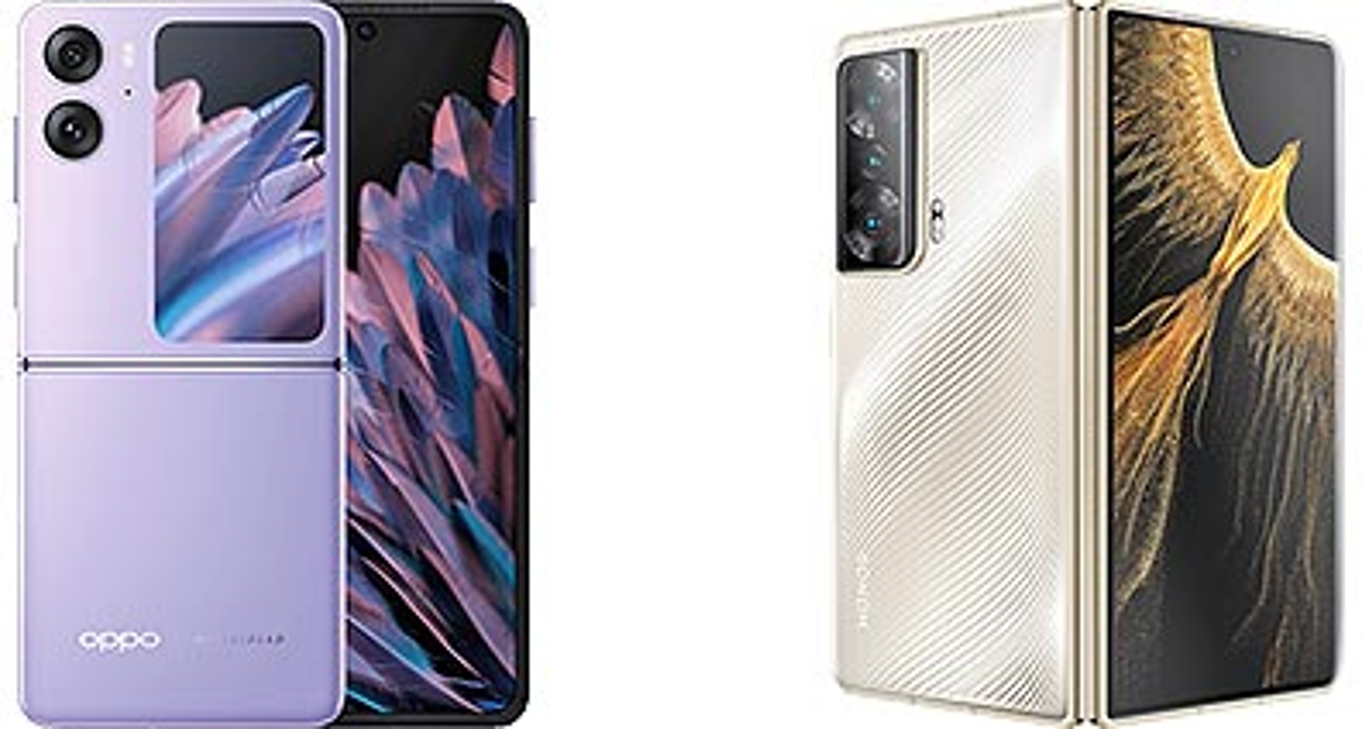
 2022 소형 OLED Display 반기 보고서 Sample Download
2022 소형 OLED Display 반기 보고서 Sample Download